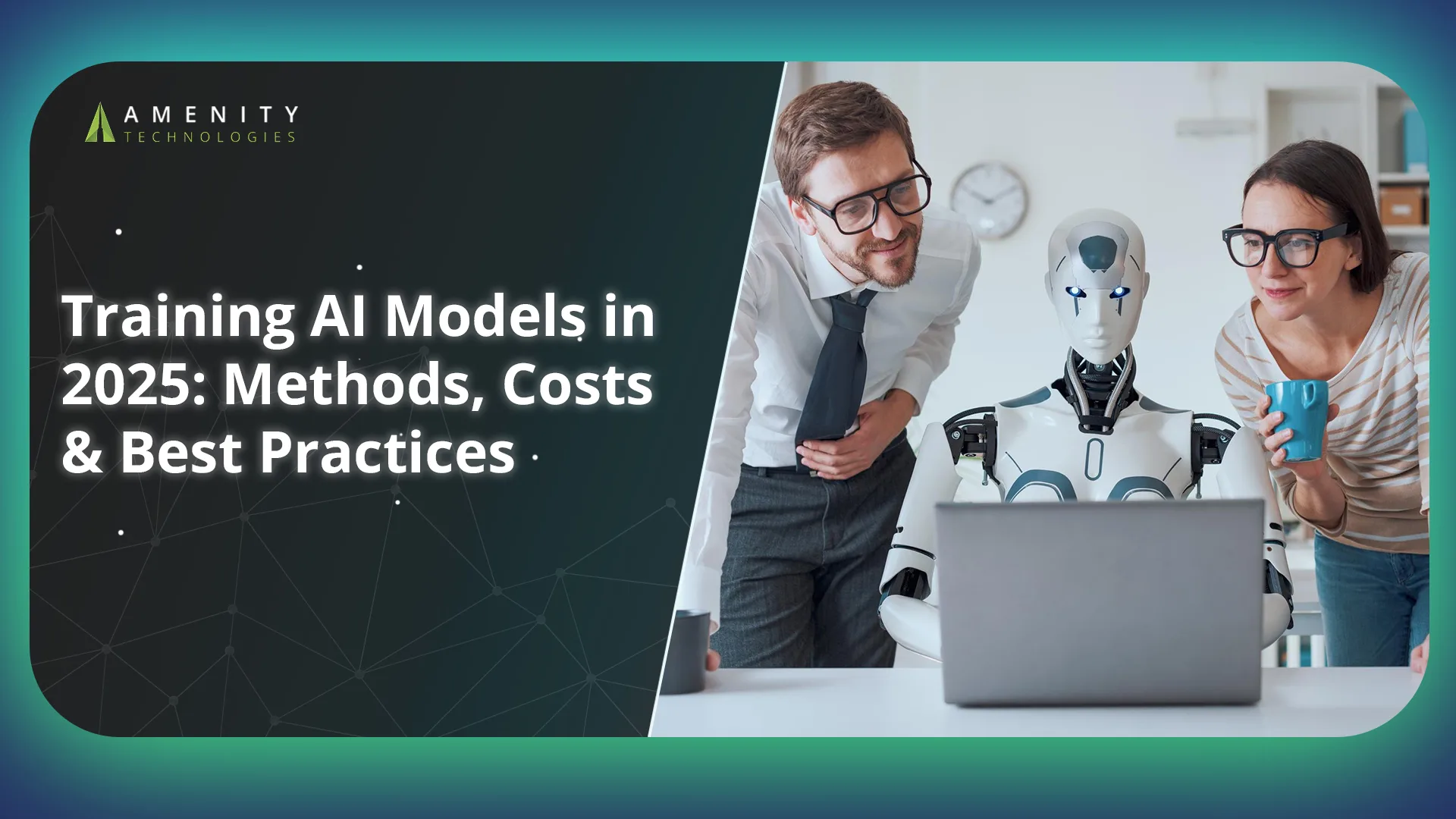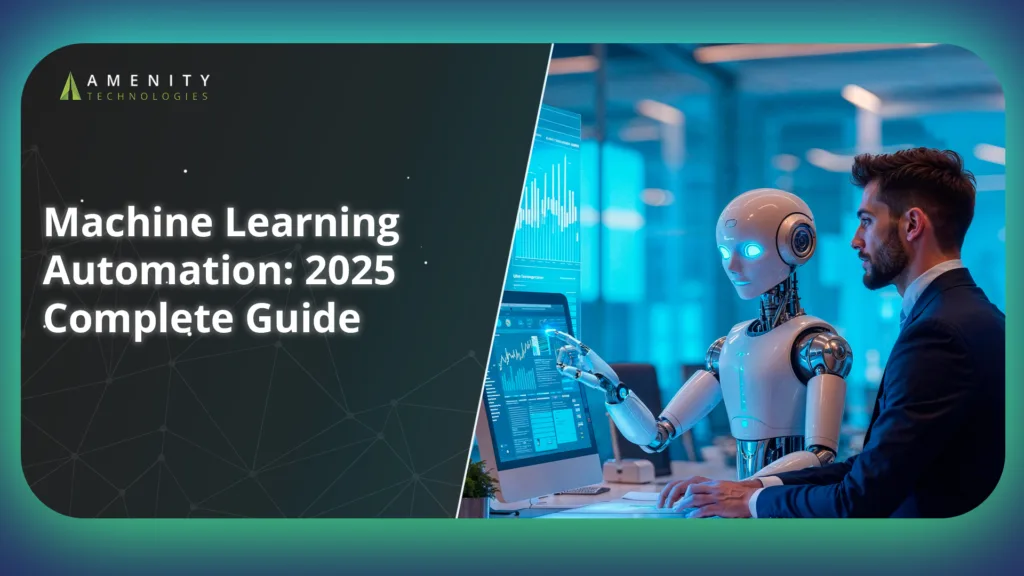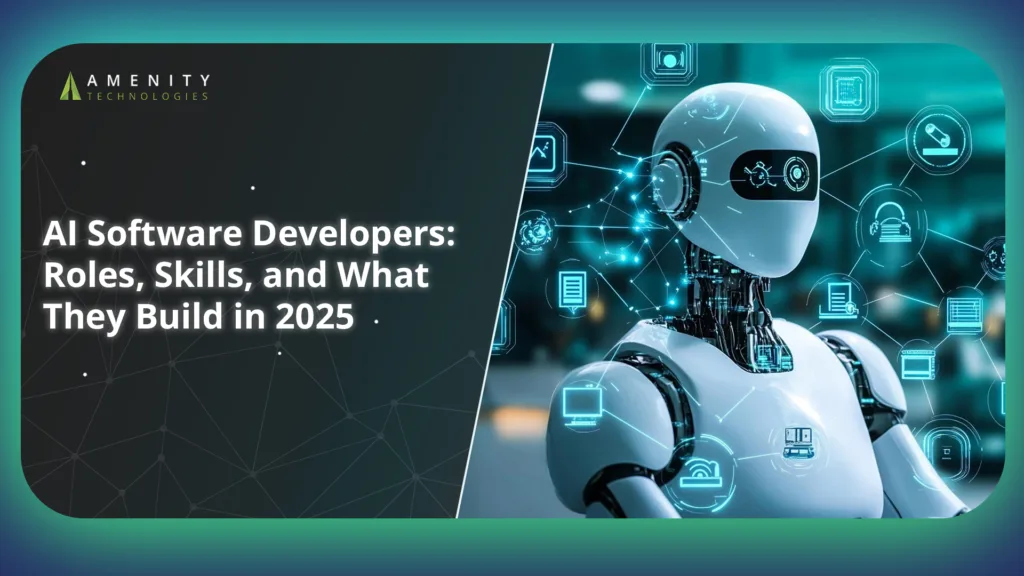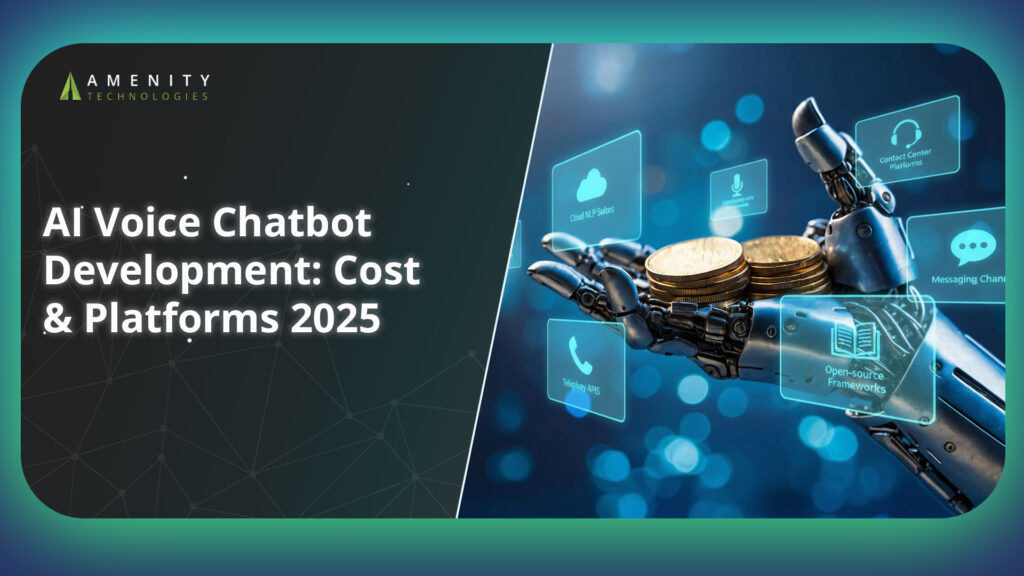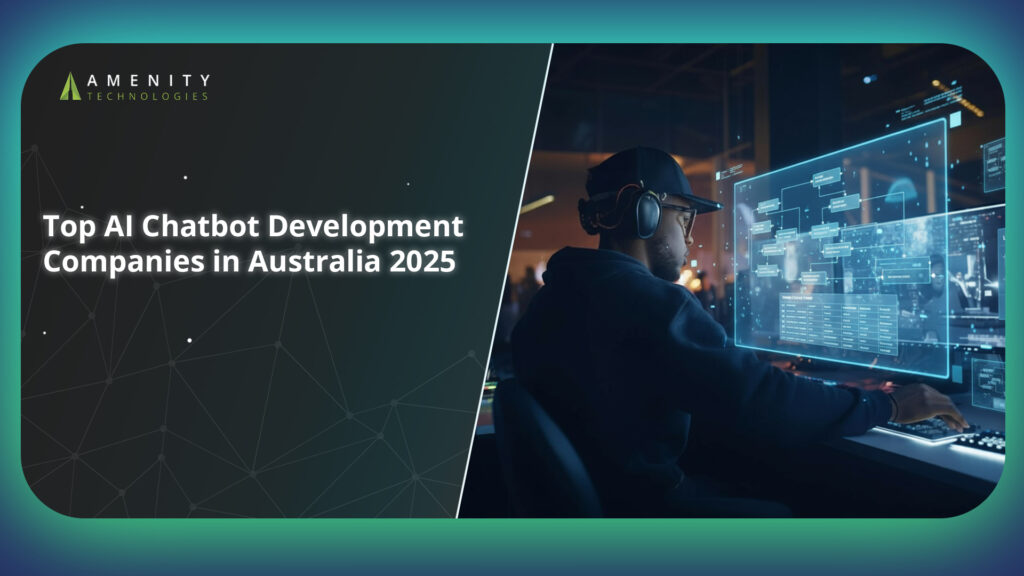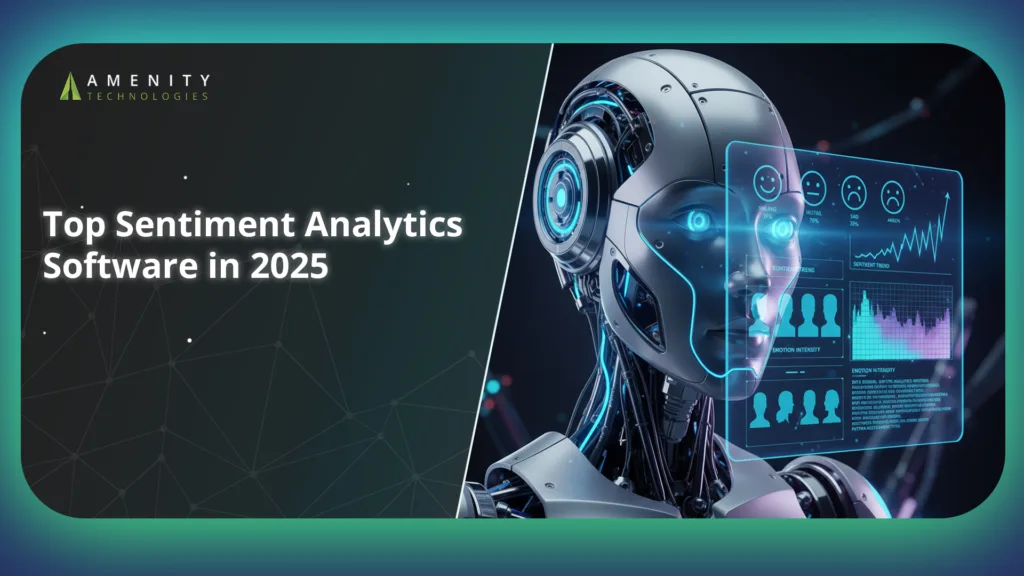Training AI models is getting expensive fast. NVIDIA H100 GPU clusters now rent for $2–$4 per hour per chip, and full-scale model training cost for advanced LLMs often crosses $500,000 before tuning and retraining even begin. Yet most teams still burn money on redundant experiments, mislabeled data, or inefficient retraining cycles.
What if accuracy gains didn’t depend on buying more compute? What if training AI models could be treated like financial planning, measured, optimized and predictable?
This guide breaks down methods, budgets and practical efficiency moves used by teams who ship models without blowing their infrastructure allowance.
Key Methods for Training AI Models in 2025
Teams that treat training AI models as a controlled engineering process instead of trial-and-error waste far less compute and reach accuracy targets faster. The method you choose determines cost, turnaround time and long-term maintainability. Below is a structured view of strategies currently adopted across startups and enterprises.
1. Pretraining and Foundation Model Strategies
Building a foundation model from scratch gives full control over behavior and data provenance. It requires massive token-scale datasets covering text, audio or multimodal formats. Most projects combine open datasets with proprietary dumps scraped from product logs or user activity. The decision to pretrain often comes down to ownership goals and risk tolerance around licensing. Hybrid strategies like partially pretrained checkpoints with domain infusion are becoming common.
2. Fine-Tuning and Transfer Learning Approaches
Fine-tuning trims model training cost by using existing checkpoints instead of building from zero. Parameter-efficient techniques like LoRA, adapter layers and prompt-based updates provide strong accuracy gains without modifying core weights. This lets teams keep compute usage low while still aligning models with niche terminology or brand tone. Validation datasets play a larger role here than raw volume.
3. Reinforcement Learning and Post-Training Enhancements
Feedback-based training steps in when standard loss functions fail to capture human preference. RLHF, tool-use scaffolding and iterative prompt adjustments help steer responses in complex decision-making scenarios. Instead of refreshing the entire model, teams apply targeted post-training upgrades to incrementally correct behavior. Continuous refinement keeps the system responsive to user expectations without triggering full retraining cycles.
4. Distillation, Pruning and Compression Methods
Not every use case needs a heavyweight decoder. Once accuracy is proven, distillation converts larger checkpoints into faster student versions that cost less to host. Pruning weak weights and applying quantization trims memory footprint with minimal performance loss. These methods are ideal when shifting from experimentation to deployment.
5. Efficient Data Usage and Data Efficiency Methods
Better data often beats more data. Techniques like curriculum ordering, token dropping and sampling filters ensure that compute cycles are spent on informative examples instead of noise. Synthetic augmentation fills gaps when real data is scarce. Domain balancing helps prevent output bias and failure under edge cases.
Real Cost Factors & Budget Planning for Training AI Models

Early-stage prototypes typically range from $30,000 to $100,000, while enterprise-grade models can exceed $500,000.
Even, DeepSeek publicly claimed a $294,000 training budget for their R1 model.
So, understanding model training cost isn’t just about GPU rentals. Successful planning for training AI models requires breaking down each operational layer, from compute resources to long-term maintenance.
Compute & GPU / TPU Infrastructure Costs
- Most budgets are dominated by hourly GPU/TPU rentals. High-end clusters like NVIDIA A100 and H100 or TPU v5e instances on platforms such as GreenNode.ai and CloudZero can cost hundreds of dollars per hour.
- Distributed training introduces additional networking, interconnect, and memory synchronization overheads.
- Scaling horizontally speeds training but comes with diminishing efficiency returns beyond a certain node limit.
Data Curation, Labeling & Dataset Preparation
- Collecting, cleaning, labeling, and annotating raw datasets often requires human-in-the-loop labor or licensed datasets.
- Storage and bandwidth costs accumulate as datasets scale into terabytes or petabytes.
- Recent arXiv research shows that in many large-scale projects, data preparation costs can exceed compute spend.
Engineering, Research & Team Overheads
- Beyond infrastructure, ML engineers, data scientists, and MLOps specialists drive experimentation, hyperparameter tuning, and result validation.
- Continuous integration pipelines, experiment tracking tools, and monitoring platforms introduce recurring subscription and maintenance costs.
- Less visible expenses include energy consumption, data center cooling, staff coordination, and reruns due to failed experiments.
Model Retraining Cycles & Maintenance
- Once deployed, models require periodic retraining to counter data drift and maintain accuracy.
- Teams must budget for version control, validation frameworks, rollback procedures, and scheduling automation.
- Long-term maintenance often costs more than the initial prototype.
Cost Breakdown of Training AI Models
Here’s a table that breaks down the total cost of training AI models:
| Factor | Total Cost |
| Data Collection and Preparation | $10,000 – $80,000 |
| Model Selection and Architecture Setup | $5,000 – $50,000 |
| Core Training Runs (Cloud Compute) | $15,000 – $200,000 |
| Fine-tune and Optimization | $5,000 – $100,000 |
| Validation and Testing | $5,000 – $80,000 |
| Deployment and Integration | $10,000 – $70,000 |
| Monitoring and Maintenance | $8,000 – $60,000 (annually) |
| Business App Layer | $5,000 – $90,000 |
Best Practices & Pitfalls When Training AI Models
Even with big budgets and solid datasets, training AI models can still fail due to rushed decisions or poorly planned infrastructure. The key is discipline and not more GPUs.
1. Begin with Proof-of-Concept & Scoped MVP
Instead of jumping straight into large-scale compute, validate your hypothesis with a small proof-of-concept. Use limited datasets, trimmed feature sets, and cheaper GPU cloud training instances to test feasibility. This prevents sinking money into an approach that won’t scale.
2. Optimize Infrastructure & Leverage Efficiency Techniques
Compute waste is one of the biggest model training cost killers. Techniques like mixed precision training, gradient checkpointing, and pipeline parallelism significantly reduce runtime. Pair them with data efficiency approaches such as transfer learning or distillation to shrink cycles without losing accuracy.
3. Strong Experiment Tracking & Reproducibility
Poor experiment tracking leads to “mystery results” that can’t be repeated. Every model run should be traceable, like datasets, scripts, hyperparameters, and metrics must be versioned. Tools like MLflow or Weights & Biases make reproducibility easier, especially for enterprise AI training teams.
4. Control Overfitting, Bias & Model Robustness
A model that performs well in training but fails in production is a wasted investment. Regularization, structured validation splits, and reinforcement learning-based behavioral tuning prevent overfitting. Always test on edge-case samples and adversarial prompts to judge model robustness.
5. Monitor, Evaluate & Have a Retraining Strategy
No model stays accurate forever. Set clear thresholds that trigger model retraining cycles, especially when working with live user data. Automatic drift detection and scheduled validation runs keep accuracy from decaying silently.
6. Security, Privacy & Compliance
Data pipelines must be secured from collection to inference. Apply encryption, anonymization, and differential privacy when handling regulated datasets. For finance, healthcare, or government projects, compliance must be built into the training stack, not patched later.
How Amenity Technologies Can Help in Training AI Models

Building a model is one thing. Scaling it with predictable model training cost and long-term reliability is another. This is where Amenity Technologies positions itself, not as a vendor, but as an operational backbone for training AI models with discipline, guardrails, and measurable ROI.
1. Expert AI Model Training Services & Talent
Our teams include data engineers, ML researchers, and infrastructure specialists who have shipped production-grade systems across regulated and high-scale environments. Instead of piecing together contractors, you get an integrated AI model training services partner who owns planning, execution, and benchmarking.
2. Cost Optimization & Efficiency Strategies
Throwing more GPUs at a model rarely solves anything. We apply data efficiency, distillation, and selective pruning to shrink training workloads without sacrificing AI model accuracy. Every dollar spent on compute or labeling has to justify itself, otherwise, it gets cut.
3. Infrastructure & Deployment Management
Managing GPU cloud training, multi-node clusters, and distributed pipelines is expensive when done reactively. We set up AI infrastructure with reproducible configurations, proper versioning, and automated scaling so you never over-allocate or underutilize resources.
4. Ongoing Support, Retraining & Monitoring
Most failures occur after deployment. Our team tracks model retraining cycles, performance drifts, and rollback logic so outdated weights never degrade user experience, or compliance posture.
5. Domain-Wise Training & Compliance Focus
Healthcare workloads demand privacy audits. Financial systems require traceability. Retail platforms need personalization guardrails. We adjust training AI models per industry protocol instead of trying to force-fit a generic process.
Conclusion
Training AI models in 2025 isn’t about bigger clusters or longer training runs. Progress comes from picking the right approach, like fine-tuning, reinforcement learning, or distillation, and deploying them with controlled model training cost.
Projects fail when teams ignore drift, overspend on compute, or assume accuracy will improve on its own. Amenity Technologies eliminates that guesswork. Our AI model training services combine data discipline, efficiency strategies, and post-deployment oversight. If you want models that perform at scale without burning through capital, we’re built for that level of accountability.
FAQs
1. What is the cheapest way to train an AI model in 2025?
Using fine-tuning models or lightweight adapters instead of full pretraining, combined with data efficiency methods like token dropping, delivers the highest return per GPU hour.
2. How often should an AI model be retrained?
Most teams schedule model retraining cycles every few weeks or months based on drift detection. Static models decay quickly when exposed to changing user inputs.
3. Can post-training enhancements replace full retraining?
Yes. Techniques like prompt tuning, scaffolding, and tool-augmented reasoning often improve outputs without re-running full training AI models pipelines.
4. What GPU hardware is preferred for large-scale model training?
Nvidia H100 and A100 remain the top choices for GPU cloud training. TPU v5e and v4 are also widely used for large sequencing workloads.
5. How do I estimate model training cost accurately?
Multiply compute hours by GPU rate, then add AI dataset prep, labeling labor, engineering time, and retraining overhead. Ignore failure reruns and you’ll underbudget.
6. Why use a specialist instead of training in-house?
External teams with structured AI model training services frameworks prevent overspending, enforce compliance, and accelerate delivery without trial-and-error waste.


